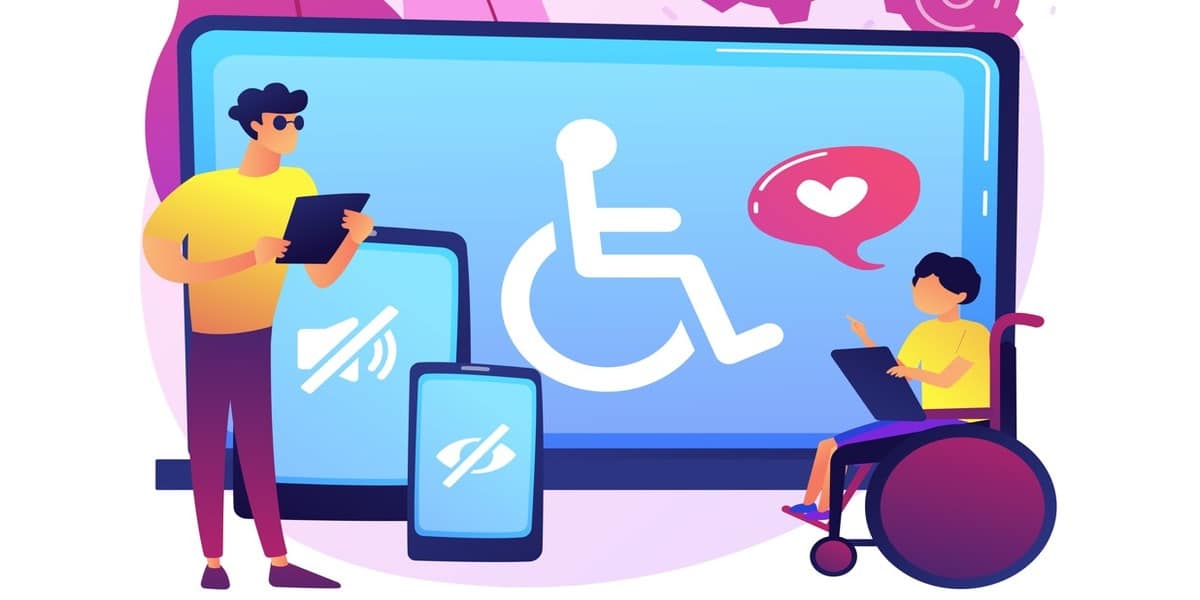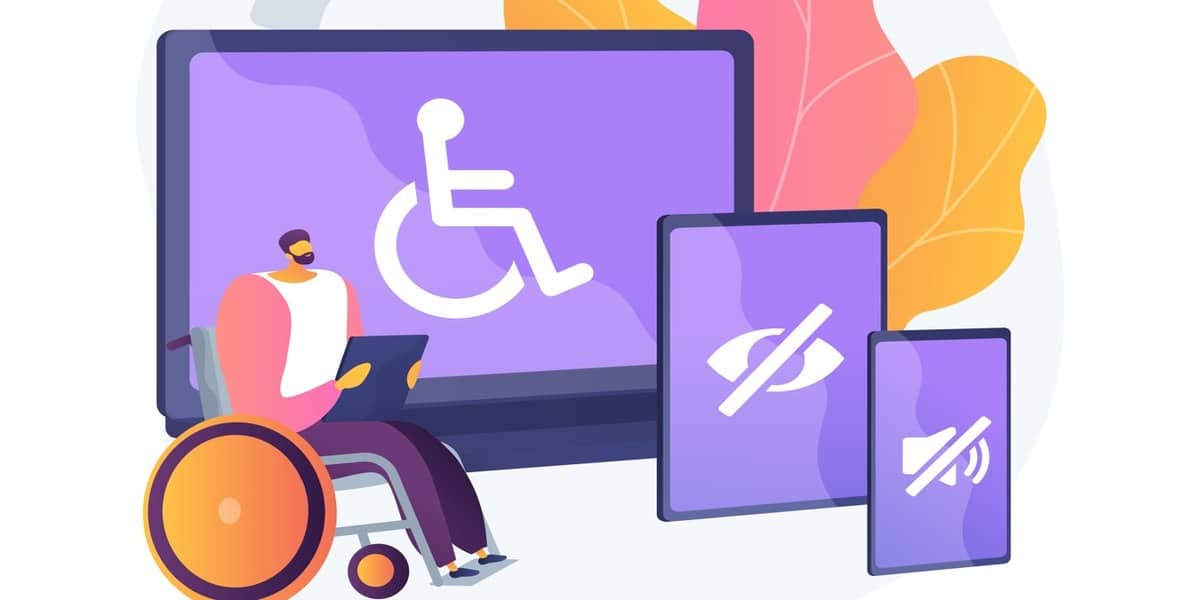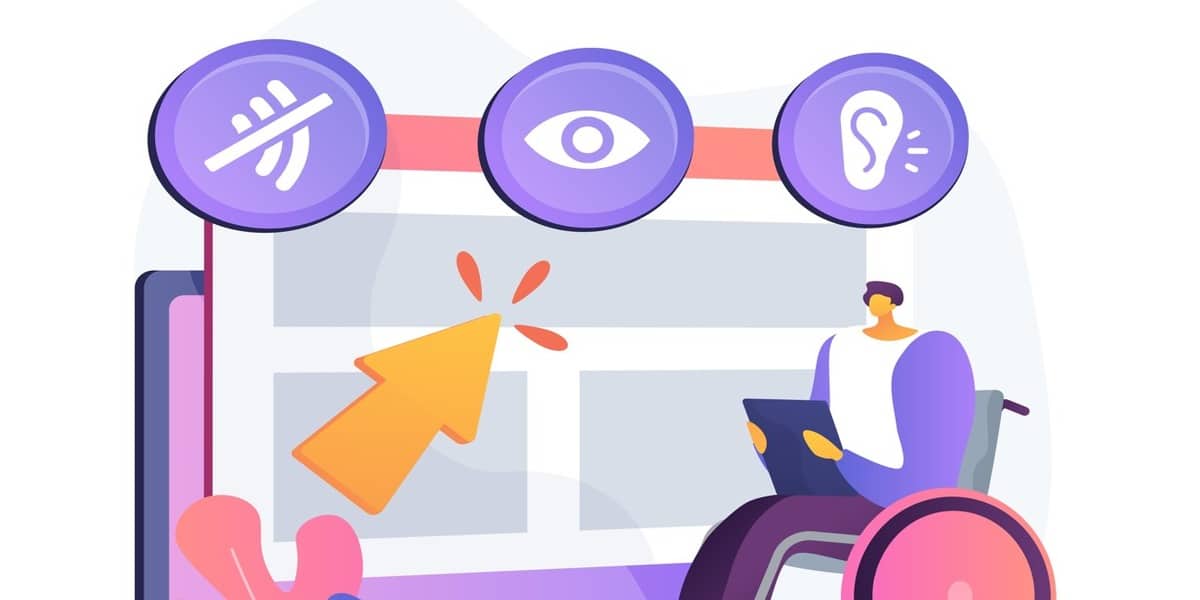Search engine optimization involves much more than just keywords and backlinks. Google and other search engines will likely favor sites that provide a smooth and user-friendly experience to everyone, even people with disabilities. An accessibility test can help ensure your site is up to standards. In this piece, we will discuss the way accessibility testing might benefit your SEO and your site’s rise in rankings.
Accessibility Testing In SEO
Plainly speaking, accessibility testing ensures that a website or a digital product is tailored to people with disabilities. These may vary from visual, auditory, motor, and cognitive issues that might stand in the way of effectively engaging with your content. Accessibility testing is important for SEO, as Google loves it when its users are happy. That means you should try to provide a top-notch user experience for everybody, and those with disabilities will mostly appreciate your effort. In other words, the bigger the audience, the higher the chances for ranking. Also, features central to site accessibility, including structured content, visible terms, and hypertext description, are important for SEO, as structuring content leads to better search performance. Thus, investing in improvements for site accessibility will ultimately result in better SEO.

The Importance of Accessibility in Website Design
Accessibility is a top priority in web design these days. On the one hand, because it’s the right thing to do, and on the other, in many places, it is the law. In terms of benefit, accessibility enables everyone to see and interact with your content, regardless of their abilities and equipment. Making digital products accessible benefits more users than just those with disabilities. For instance, images with alternative texts help those who cannot see them, whereas captions and keywords help those who are deaf or have impaired hearing. Websites that can be accessed with a keyboard are important for those with motor disabilities. In other words, by following the rules of accessibility, you simply make your site available for a wider range of users, and that’s a win.
How Accessibility Benefits SEO
Accessibility and SEO are inextricably linked, as search engines like Google strive to provide their users with the most relevant and user-friendly sites. Every website should be accessible to all users, including people with disabilities, and a site that is easily accessible to everyone is naturally in line with SEO criteria. Being organized, with structured content available to search engine crawlers, helps your site, as does using alt text for images, which both people and machines can understand.

Common Accessibility Problems with SEO Impact
Accessibility and SEO are, to a large extent, related. So, several common accessibility issues can cause problems for SEO. The most frequent problems include:
- Lack of Alternative Text for Images: Search engines do not “see” images, and without alt text, they may struggle to understand what an image is.
- Unclear Content Structure: Headings, headlines, and an accurate hierarchy of content are important for people with disabilities and search engines to understand your website.
- Inaccessible Forms and Interactive Features: Forms and interactive features inaccessible to visitors can also cause problems for search engine crawlers.
- Low Color Contrast and Poor Readability: Light text on a light background is useless to many visually impaired users. Search engines may penalize your site if the text is unreadable.
- Lack of keyboard navigation: People with motor disabilities may rely on a keyboard to interact with a page, so it is worth adding such navigation to every page.
By solving these problems, you will not only make your website more accessible to people with disabilities but also improve your SEO, which will lead to increased visibility and higher search engine ranking.
Best Practices for Website Accessibility Testing
To test and ensure your website is inclusive and meets the necessary standards, the best practices to safely accomplish this are:
- Set clear accessibility goals: You need to decide on the standards you would like to abide by, such as the WCAG and Section 508 standards set by the government.
- Test with people with disabilities: Reach people with disabilities for user experience and website testing to get direct feedback on the accessibility challenges.
- Use the automated testing tool for high-level website scanning: Use tools like WAVE, aXe, and WebAIM to spot potential errors at a high level.
- Manually test the site: Use your website’s accessibility tools to navigate if any errors or access issues remain.
- Define and prioritize issues, sorting them by, for example, critical and less critical.
- Implement best practices, such as defining alt text for images, using the right semantic markup, selecting the right shades of color, etc.
- Monitor and update the website enough to ensure it remains accessible.
By following these steps, you can consistently integrate accessibility features into your site development. This helps people with disabilities benefit from your site and makes it more appealing from an SEO perspective, as it frequently implies a better usability experience.

Tools and Resources for Accessibility Testing
Accessibility testing may sound complicated, but many tools and resources are designed to assist in this task. The following is a selection of useful sources of accessibility testing tools:
- Automated Testing Tools:
- WAVE (Web Accessibility Evaluation Tool)
- aXe (Accessibility Engine)
- Pa11y
- Lighthouse (in Google Chrome DevTools)
- Manual Testing Tools:
- Screen readers like NVDA, VoiceOver, and JAWS
- Color contrast checkers such as WebAIM Contrast Checker
- Keyboard-only navigation tests
- Accessibility Guidelines and Standards:
- Web Content Accessibility Guidelines (WCAG)
- Section 508 Standards
- ARIA (Accessible Rich Internet Applications)
- Educational Resources:
- WebAIM (Web Accessibility in Mind)
- The A11Y Project
- Deque University
- W3C Web Accessibility Initiative (WAI)
- Accessibility Evaluation Services:
- UserWay Accessibility Audit
- AccessiBe
- Siteimprove Accessibility Checker
These tools and resources will support an evaluation of the website, identify the no-go areas, and help improve and adjust the content.
Benefits of Accessibility Improvements in SEO
How does making your website accessible through accessibility improvements help with SEO? Several justifications correlate accessible web with better SEO performance as follows:
- Better User Experience: An accessible website would cater to all users, providing a better user experience and implying better SEO operation when more users engage with the website satisfactorily.
- Increased Visibility and Rankings: Google and other search engines recognize websites that provide better user experience, and accessibility improvements would entail better SEO ranking.
- Expanded Audience Reach: An accessible website is designed for all users, including users with disabilities. Hence, it could increase the number of your customers to some extent.
- Compliance and Legal Requirements: Many countries require their organizations to follow accessibility standards. Adhering to these standards would prevent your organization from potential fines and legal charges.
- Improved Brand Reputation: creating an accessible website implies that your organization is responsible for its social duty to the people, positively affecting its reputation.
- Competitive Advantage: Combining accessibility in your SEO practice would be a measure for your organization to ensure it outperforms its competitor. Also, users are continually looking for a more accessible web.
Final Thoughts
It is clear that by uniting SEO and accessibility measures, a better user experience and website success can be achieved. Accessibility is important not just because the law demands it but also because it improves the user experience. Accessible websites can also rank higher in search results, which is good for SEO. Suppose you invest in making your site accessible. In that case, you are investing in improving it for everyone and your online presence. Making an accessible web can help everyone.
Finally, Outreach Bee is here to help boost your site’s credibility and climb those search rankings. Got any questions? Contact us now to learn how we can assist you. Also, Feel free to leave us a message on Facebook or LinkedIn.
All images are from freepik.com



What are the common mistakes businesses make when developing AI models?
A Complete Guide to SDK Platform Tools